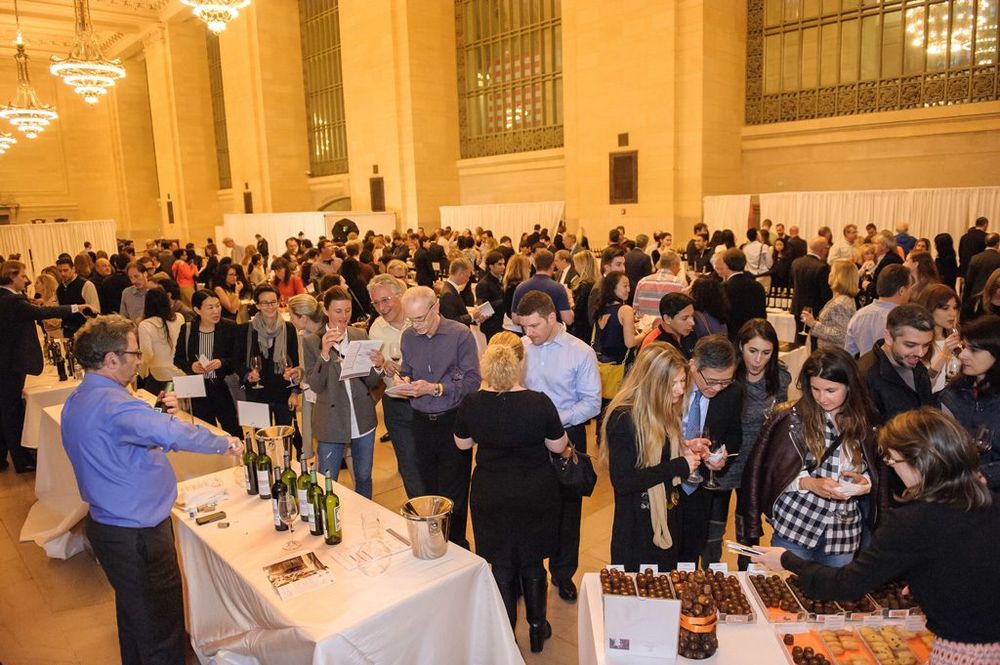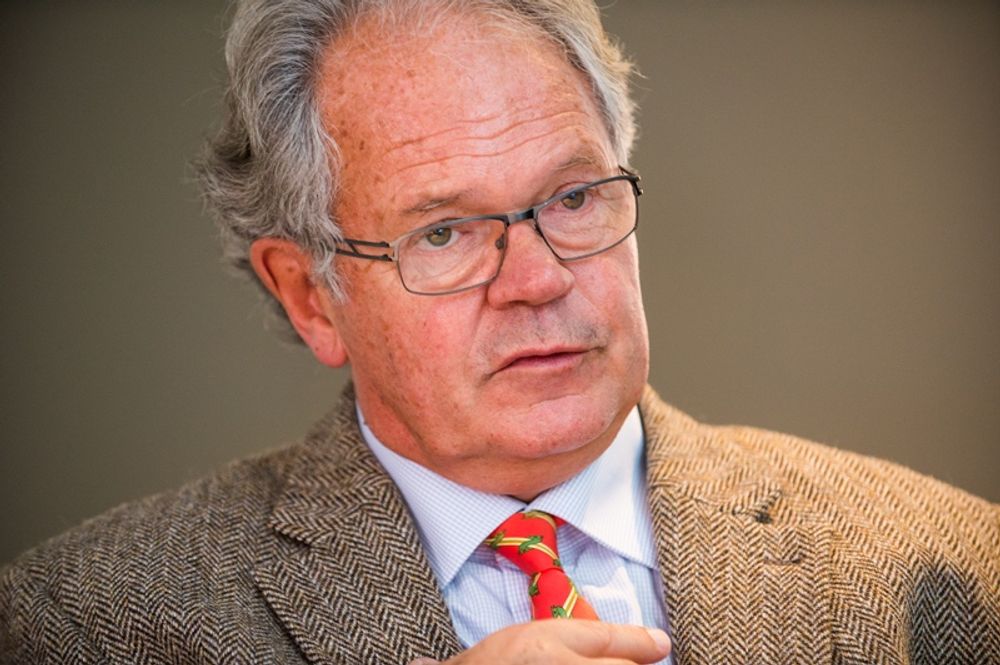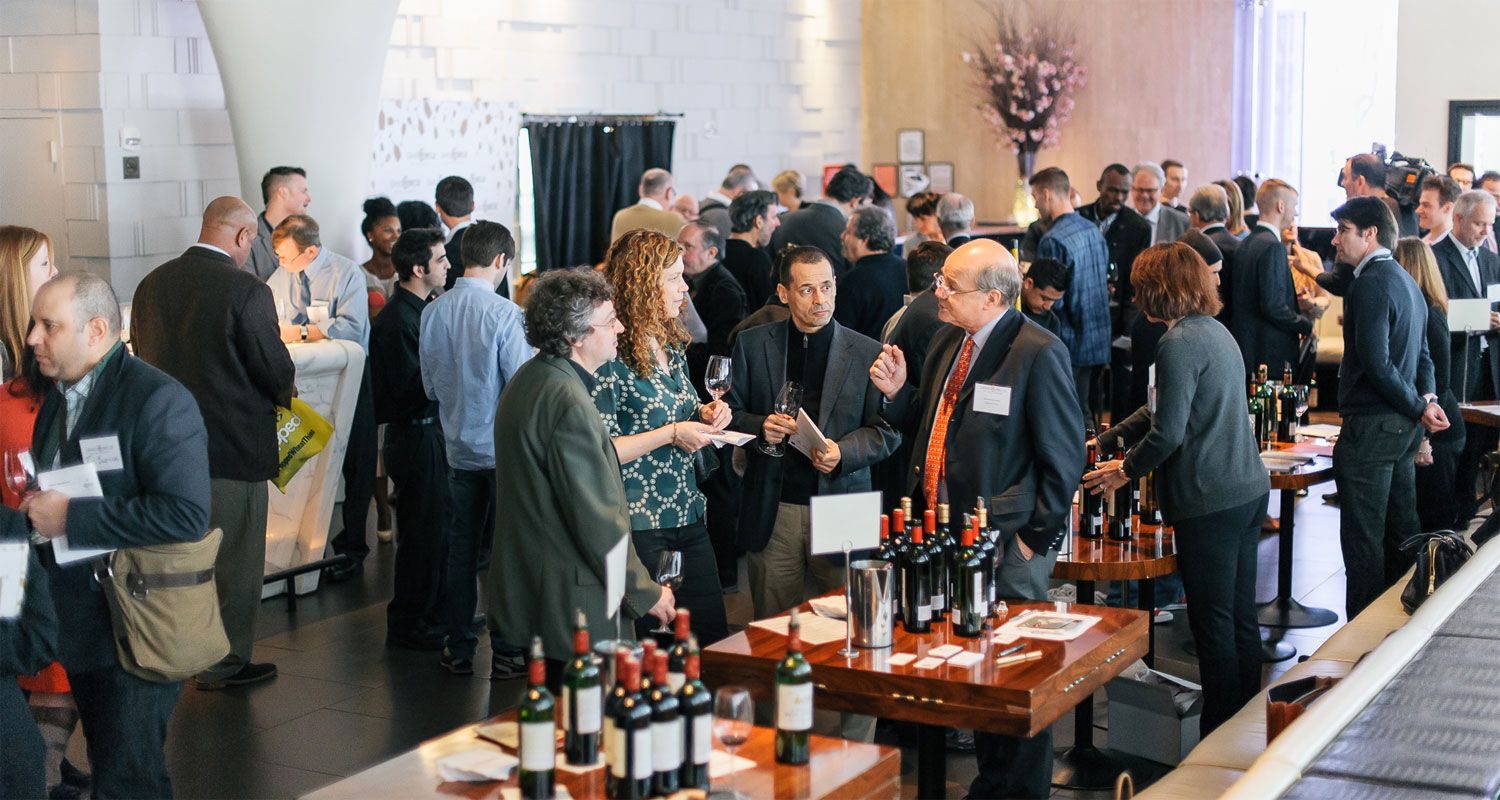Here’s the chance to breathe new life in to your Bordeaux range with a tasting designed to get ready to drink wines out of the cellar and in your customers’ glasses.
When you consider Bordeaux’s total wine production would be the envy of some small wine producing countries you would think it would be regarded as a go to wine region for all wine buyers regardless of the size or budget of their on-trade outlet.
But for all the wine it produces, it is arguably only the top 10% to 20% that really gets any attention. A large proportion of its wines can often be overlooked as the premium wines take all the glory and dictate how the region as a whole is perceived.
Which can work both ways. In the years when the quality of wine is good and the prices are competitive on the world stage then Bordeaux can beat all comers when it comes to the diversity of wines it can offer. But, as has often been the case over the last decade, when the vintage does not always warrant the huge prices being asked for top end Bordeaux wines, then the overall image of the region can be at a distinct disadvantage as buyers look for better priced wines elsewhere.
It is a conundrum that Alain Raynaud, president and founder of the Grand Cercle des Vins de Bordeaux initiative, knows only too well. At its heart the initiative hopes to address the fact that so many wines made every year in Bordeaux are not even being tasted by some of the industry’s most important trade buyers, never mind appear on their lists.
So he decided to do something about it. In 1993 he decided to create a new initiative that would give all producers, regardless of size, appellation or prestige the chance to showcase and promote their wines.
“I wanted to have wines at all prices, from all appellations so that consumers had the chance of finding them,” says Raynaud. “I prefer to have producers’ wines in the glass and not in their cellars.”
He started on the Right Bank and invited producers to put forward wines they would like to see as an overall selection from the region, which became known as the Cercle Rive Droite association. For the following 10 years it hosted a series of international tastings featuring 113 from the region.
Such was the interest and success of the initial tastings this was followed up in 2002 with wines from across Bordeaux and the Left Bank, most noticeably the Médoc, Graves and Sauternes, and the Cercle Rive Gauche association of producers was established, which is now made up of 51 wine estates.
Professional tastings

The Grand Cercle tastings are held to showcase the best quality, affordable Bordeaux wines from all appellations
Having a list of wines was one thing, the next challenge was to get them in front of the trade’s most important buyers, so seven years ago he started to host a series of events in key markets where the wines could be showed to key trade buyers.
The result is the Grand Cercle des Vins de Bordeaux tasting, a unique opportunity to taste wines that highlight and promote the best wines being made from across all appellations of Bordeaux and from producers who may or not be on the average buyer’s radar.
This year’s cream of the crop are set to show their wines from recent vintages, noticeably the 2014s, in London next week on March 15 at the Le Méridien Piccadilly. It will also be an opportunity to take a sneak, first look at the 2016 vintage ahead of the en primeur campaign In Bordeaux next month.
To be included in Grand Cercle tasting is an honour and accolade in itself for it involves a strenuous set of tastings where each wine is assessed against a set of stiff criteria at three different times of the year.
All tastings are carried out blind and require producers to put forward wines from three separate vintages. The wines are then tasted side by side with no preference to any specific appellations or quality of wine.
It is not enough, though, just to make a quality wine, any producer chosen to be part of the Grand Cercle also has to show it follows common ethical practices regarding how the wines are made and then taken to market.
If producers are new or not well known to the organising committee then they will also receive a personal visit to ensure its winemaking and production standards are up to the required level, explains Raynaud.
Key criteria
Other key criteria that is taken in to consideration includes:
- Innovation: what steps a producer is taking towards analysing its soils and terroir, water drainage, disease control, with the least possible use of chemical products.
- Yield controls: what steps are being taken around pruning and the use of techniques to help ripen grapes in clean, disease-free condition.
- Vineyard protection: what pesticides are being used and steps taken to protect the wider ecosystem.
- Harvesting: what steps are taken during harvesting to look after the quality of the grapes, how grapes are picked and selected in th vineyard. and in the vathouse.
- Ageing: what ageing techniques are used, use of oak barrels.
- Tourism: how welcoming are they to visitors to the estates for tastings and visits.
The Grand Cercle has now grown to 164 properties (51 from the left bank and 113 from the right bank) covering 27 appellations, which Raynaud says is at the upper end of what he would like. Yes, the association wants to include as many wines and producers that reach the required level, but equally it needs to make tastings manageable and efficient for buyers attending.
“We don’t want to expand too much,” he says. “I think the right number would be around 150. That is about the right size of delegation for a trade tasting.”
As well as next month’s London tasting, the Le Cercle will also be organising similar events in the US across two key cities like New York and San Francisco and then over in Hong Kong.
UK is key

Alain Raynaud sees the UK as the barometer for how Bordeaux wines are perceived around the world
But Raynaud is in no doubt that the UK is still the most important market and is likely to remain so for some time, regardless of what happens with uncompetitive sterling rates and the threat of Brexit.
“The UK is hugely important in showing the rest of the world what Bordeaux is doing. Buyers here are not just choosing wine for the UK market, but are also responsible for distributing it around the world. The reputation of the UK is still much higher than the US,” he stresses.
A tasting note, for example, from Jancis Robinson MW still carries enormous importance around the world, he adds.
He also appreciates how much more difficult it is to get a listing in the UK. “Some 30 years ago, there was a lot of space for Bordeaux wines in the UK. Now the selection is much smaller.”
Which is why the Grand Cercle works hard to ensure the wines on show can all earn a place on a restaurant’s wine list.The core range, for example, has a trade price of between €15 and €30 and offers enormous variety for buyers to choose from.
“We want to be able to show everyday wines that have a chance of being selected for a restaurant wine list,” he explains. “We want to get away from the reputation that Bordeaux has of just being about high priced wines.”
2017: good early signs
He is hopeful the 2016 vintage is going to follow the high quality of the 2015 vintage, even if yields are down after what was a difficult growing season. “For some the yield has been reduced. But we had a very hot growing period in July and August and the quality is very high. It is very classic Bordeaux, the acidity is not too low, it has good expression, and ripeness and subtle tannins. So it is exciting.”
It is clearly early days for the 2017 vintage, but Raynaud says everything is going in the right direction. “We have had a very cold winter in Bordeaux, with is good for the vines, and we have now had some rain. It’s a long walk but things are going in the right direction.”
If you need to update or re-evaluate your own Bordeaux range then you might want to head in the direction of Piccadilly for next week’s Grand Cercle tasting.
How the Grand Cercle des Vins de Bordeaux is made up:

- The estates covered for wines sourced from the right bank include: Bordeaux, Bordeaux Supérieur, Graves de Vayres, Sainte-Foy Bordeaux, Cadillac Côtes de Bordeaux, Blaye Côtes de Bordeaux, Côtes de Bourg, Castillon Côtes de Bordeaux, Francs Côtes de Bordeaux, Pomerol, Lalande de Pomerol, Fronsac, Canon Fronsac, Saint-Emilion Grand Cru, Montagne Saint-Emilion, Lussac Saint-Emilion.
- For the left bank, the estates are situated in the following appellations : Médoc, Saint-Estèphe, Pauillac, Saint-Julien, Listrac, Margaux, Haut-Médoc, Graves, Pessac-Léognan, Sauternes.
- For more information go to the association’s website or read its latest press release.
- The London tasting takes place on March 15 from 4.00 pm to 9.00 pm at Le Méridien Piccadilly, The Terrace, 21 Piccadilly, London W1J 0BH. Full details at http://www.grandcercletasting.uk/ Please note the event is invitation only.










































